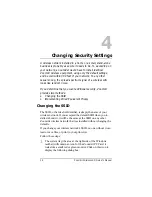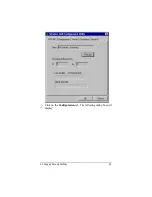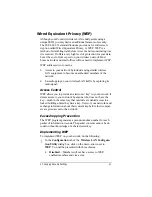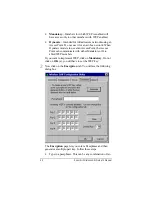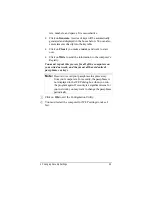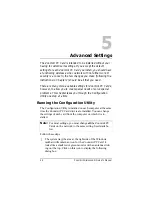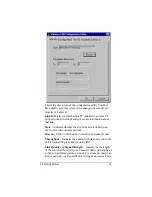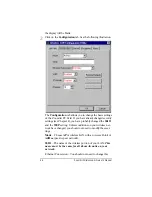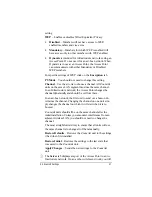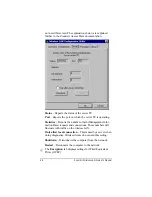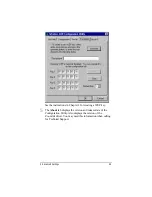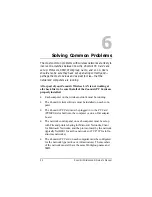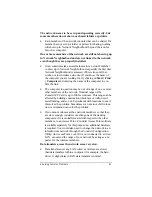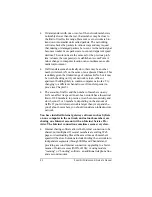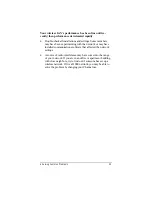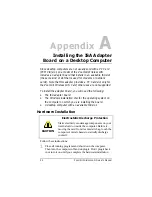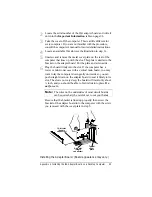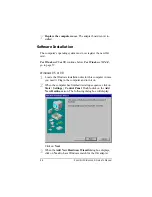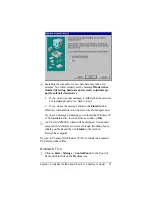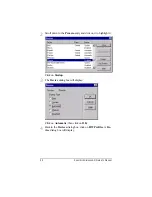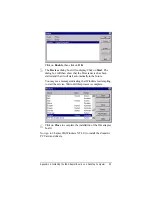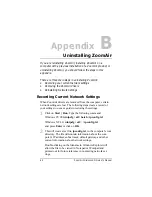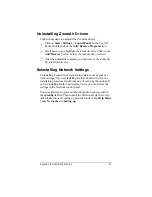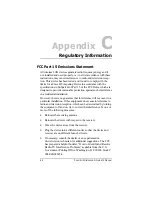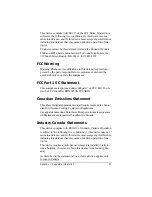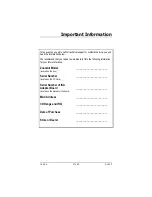
52
ZoomAir Wireless LAN Owner’s Manual
•
If data transfers with one or more of the network members is
noticeably slower than the rest, that member may be close to
the limit of its effective range. Data sent over networks is bro-
ken down into smaller units called packets. The networking
software checks the packets in various ways and may request
that missing or damaged packets be re-sent. As the radio signal
becomes weaker, more packets are re-sent and apparent speed
declines. The solutions are the same as for the previous prob-
lem: relocate the computer(s) or establish an Access Point. A
minor change in computer location can sometimes cause dra-
matic improvement.
•
If all transfers seem abnormally slow, there may be another
nearby wireless LAN on the same or an adjacent Channel. This
is unlikely given the limited range of wireless LANs, but it may
be worth checking out if your network is in an office or
apartment building likely to contain computer networks. Try
changing to a different channel to see if transfer speeds im-
prove (see Chapter 5).
•
The amount of traffic and the number of members on any
LAN can affect its speed. An ad-hoc network has a theoretical
limit of 128 members; in practice, it can become unwieldy and
slow beyond 5 or 6 members, depending on the amount of
traffic. If your wireless network is larger than (or expands be-
yond) about 6 members, you should consider an infrastructure
network.
You have installed Internet gateway software such as SyGate
on one computer in the network, and network members are
sharing one Internet account with an Internet Service Pro-
vider. The Internet connection sometimes seems very slow.
•
Internet sharing software allows the Internet connection to be
shared, not multiplied. If several members are surfing Web
pages or downloading files at the same time, each member’s
speed will be slow. Solutions include dividing the network into
independent segments (through SSIDs and Channels) and
providing a second Internet connection; upgrading to a faster
means of Internet access (ISDN, xDSL); or using modem
“teaming” or “bonding” software, an additional telephone line,
and a second modem.

